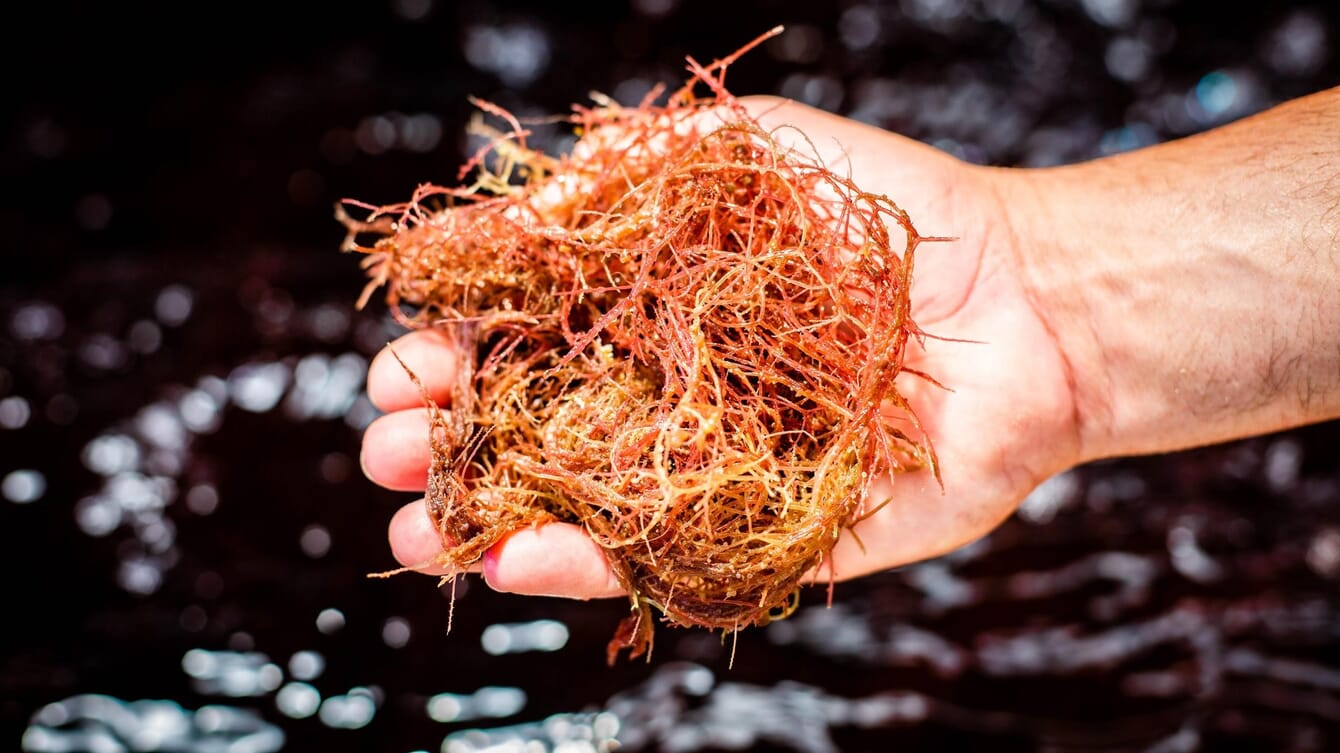
© CH4 Global
CH4 Global today announced that the first group of cattle to have been fed commercial quantities of CH4 Global's methane-reducing feed additive, Methane Tamer, have been successfully slaughtered. Having met all relevant welfare and quality requirements, the reduced-methane beef from these initial animals is now destined for the domestic Australian market.
The 70 head of cattle were fed the seaweed additive for 100 days at a feedlot in South Australia. By incorporating the additive into the cattle's diet, an estimated 105 metric tons of CO2-equivalent emissions were avoided - that's equal to the amount of carbon sequestered by over 1,700 tree saplings for 10 years.
“This is a major milestone in our journey to dramatically reduce the climate impact of livestock farming while continuing to provide the nutritious, affordable animal protein that a growing world population depends on," said CH4 Global chief executive Steve Meller, in a press release.
Methane emissions from livestock are a significant contributor to global greenhouse gas emissions, with methane being over 80 times more effective at trapping heat than CO2 over a 20-year period. CH4 Global's innovative additive leverages the unique properties of Asparagopsis seaweed to decrease these emissions by up to 70 percent when fed to cattle in small amounts as an additive to their daily rations.
In January 2024, CH4 Global made its first commercial delivery of Methane Tamer to CirPro - a cattle producer. Now, following the successful commercial trial of the additive, the reduced-methane beef resulting from the partnership will initially be sold to retailers in South Australia, with export sales confirmed to commence in September.
“We have now shown that feeding cattle Methane Tamer at a commercial scale improves efficiency and is 100 percent safe for the animals," said Reg Smyth, chief executive of CirPro Australia.
"The cattle that were given the Methane Tamer supplement achieved the same weight gain as the control group while consuming less feed per day, representing an improvement in feed conversion efficiency of a few percent over the 100-day period,” Smyth added.




